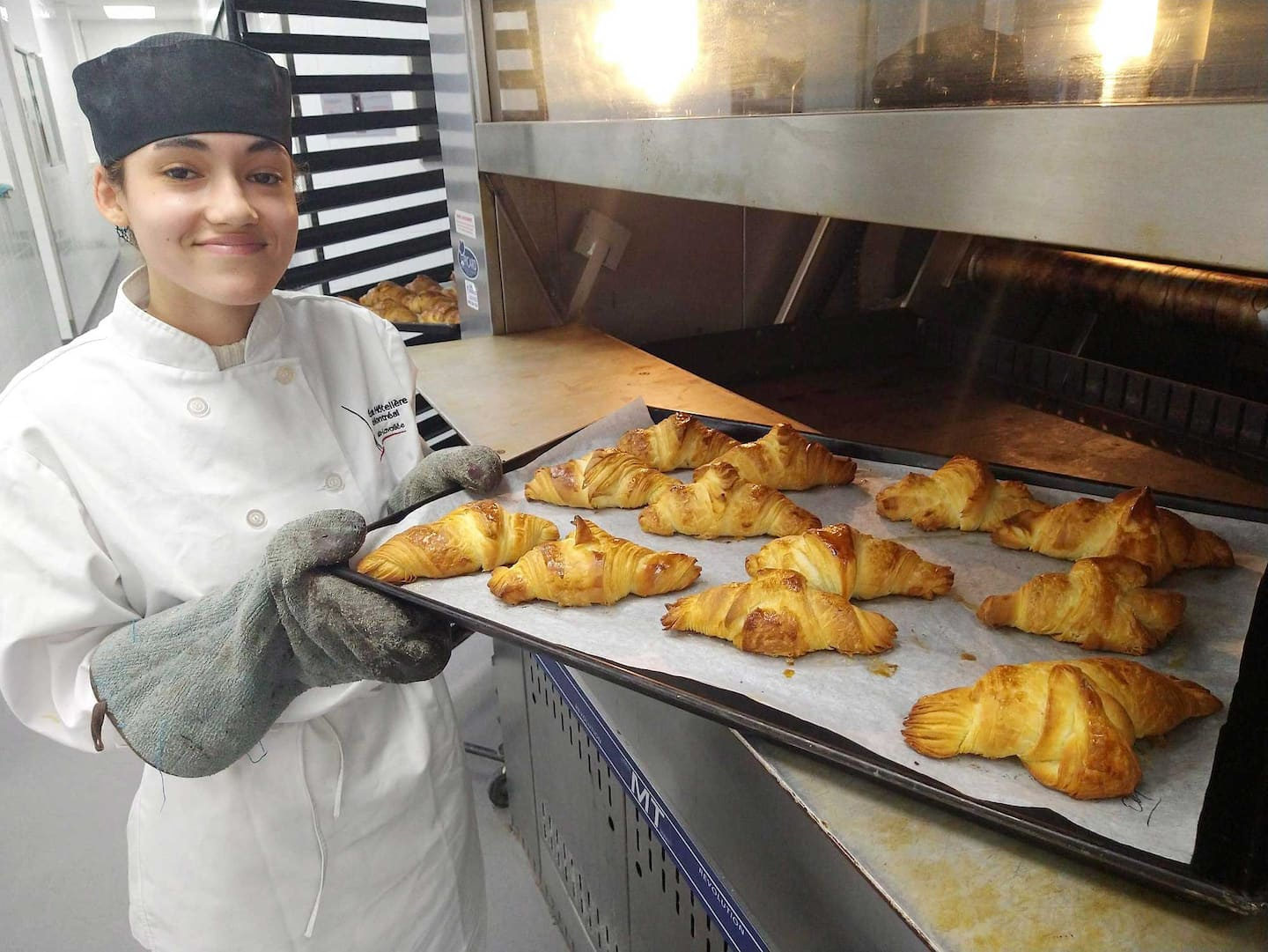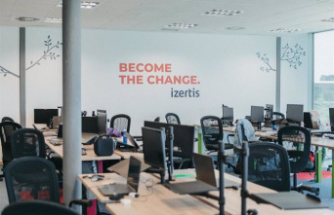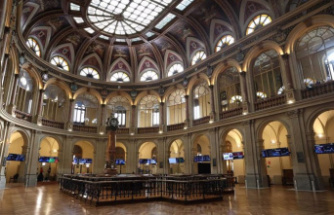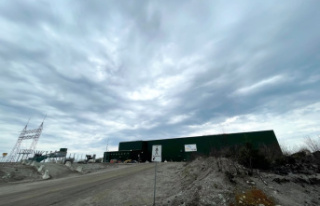On this day of the croissant festival, a question arises. Why do pastry chefs and bakers in Quebec have so much trouble finding local butter for their products?
• Read also: Chocolatines and croissants could be rare
Especially since the sector is struggling with a shortage of tourage butter that comes from Europe and New Zealand.
This butter is very different from the one you find at the grocery store. It is fattier (84% fat vs. 80%), less crumbly, and handles at different temperatures.
"We buy it already wrapped, thinned, it comes in superb squares all ready to put in the dough," explains François Matthey-Jonais, a teacher with a DEP in pastry at the École Hôtelière de Montréal, who teaches his students to do it themselves.
While Quebec dairy products are “good,” he says, the way butter is made here is a bit archaic.
“To be able to use Quebec butter, it takes some work to remove the excess water. We manage to reach 82% fat, ”says the sixty-something who arrived in Quebec from Switzerland in 1993.
What is good for his students, however, is not good for the professionals, who must be profitable without having the luxury of time.
At the renowned Croissant Croissant, in Montreal, we know something about it. Before opening the store in 2016, the two owners spent a year tasting all the Quebec and Canadian butters before finding the right one.
“We wanted to make a 100% local product. It was quite complicated, ”says Matthieu Virloget, who takes care of the recipes.
“We are ashamed”
The one he found costs him more than the one he could import from Belgium or New Zealand and comes from another province whose name he prefers not to be mentioned.
At Mr Pinchot, in the same neighborhood, owner Joe Gédéon can't afford to buy anything other than ready-to-use butter in sticks, imported from Belgium.
"I'm not going to pay $20 more per kilo just to say it's from Quebec, my croissant would only decrease in profitability," he explains.
But he is optimistic. “I think we are advanced enough to do it here, for sure I would prefer to only buy products from here,” he pleads.
At the Automne bakery, we would be willing to pay more, but no Quebec producer is able to supply the 2.5 tonnes of tourage butter used each year.
“All our flours are from Quebec, our ingredients are 95% local, except for the butter. We are ashamed to take it to the other side of the planet,” says Julien Roy, co-owner, who buys his tourage butter in New Zealand.
No know-how
It becomes all the more urgent to produce it here as the sector is currently experiencing a shortage, he thinks.
For the Conseil des Industriels laitiers du Québec, which has 90 member companies, there is expertise to be developed.
“It is certain that it is a very small market and that it requires a lot of investment for the size of the market”, explains Charles Langlois, CEO of the organization.
While he is convinced that companies will take an interest in tourage butter when the market is large enough, he acknowledges that not everyone knows how to make it.
Gallic
To which Nathan Kaiser, owner of Laiterie Chagnon, in Waterloo, responds.
The young 33-year-old entrepreneur has just developed a recipe for tourage butter in wafers, in collaboration with the bakery Le Pain dans les voiles.
“We failed in 2020, we put the project aside, but we tried again, and the tests are conclusive,” he says proudly.
Over the next few weeks, the industrial process will be developed for commercialization.
"Why didn't anyone do it? For us, as we are small, it is a huge potential market. We intend to seize the opportunity,” he added.
Its goal is to offer cured butter in wafers and at competitive prices compared to imported products.
In the short term, Nathan Kaiser will produce 5000 kilos per week, but he does not intend to stop there.
Soon, bakers may no longer have to fetch their butter more than 6,000 km away.
It is a butter which, as its name suggests, is used for laying, one of the stages in the production of puff pastry and pastries, such as butter croissants. It does not have the same characteristics as the standard butter found in our grocery stores. It is notably fatter (84% fat compared to 80%) and has better plasticity and is easier to work with.













